A new study is to examine the capabilities and limitations of 3D-printing technology through practical trials on a wide range of food materials.
Food and drink research organisation Campden BRI will be conducting the analysis to offer an objective and independent evaluation of the technology, which can be used with various paste-type food materials, including cakes, biscuits, chocolate, pancake batter, and vegetable and meat purees.
While 3D printing has made a huge difference to many industries, its use in the food sector is not straightforward, said ingredient scientist Gael Delamare, who is leading the team.
“There are many factors to consider, such as shelf-life, microbiological contamination, printing temperature, textures, rheology and, ultimately, whether different foodstuffs even lend themselves to being printed. All of these issues need to be catered for in order to meet the expectations of the consumer and to do so safely.”
Researchers will conduct practical trials and look at developing personalised products in terms of shape, flavour, colour and nutrition.
The technology could potentially offer personalised nutrition based on the dietary needs of different consumer groups, such as fortification with vitamin D, calcium and protein for the elderly population, lack of essential fatty acids and dietary fibre.
The project will use an X-ray micro-CT scanner to scan designs to explore the scope of the possible structures and shapes that could be replicated by printing food. The modification of rheological properties to improve printing quality will also be examined.
“3D-printing may also offer benefits for reducing process development and NPD times,” said Delamare. “Food waste could also be reduced, as perishable products, which would otherwise decline in quality, could be printed on demand.”
Part of the research project will be a seminar on 20 June that will feature presentations on topics such as cellulose as an edible ingredient, personalised food for elderly consumers and the use of insect materials in the production of sustainable 3D-printed food.




















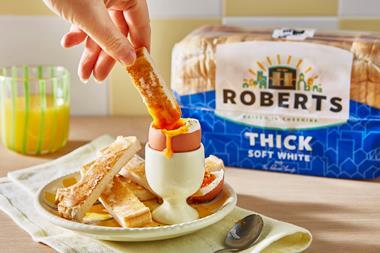

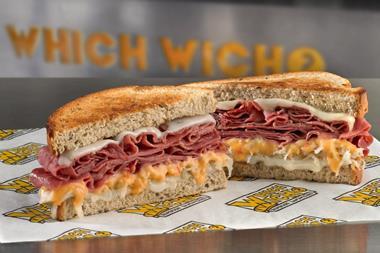


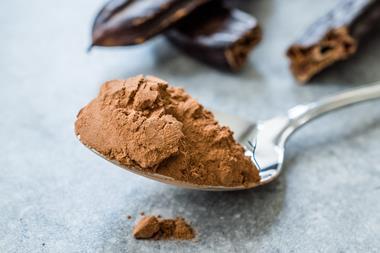
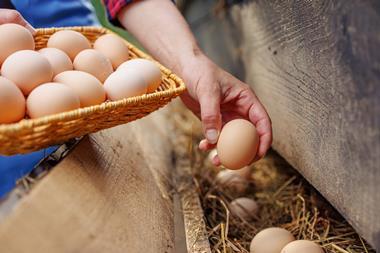


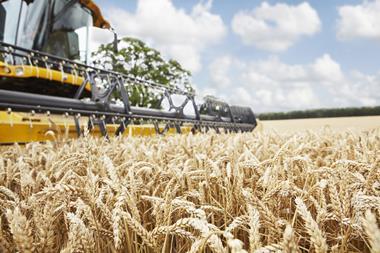
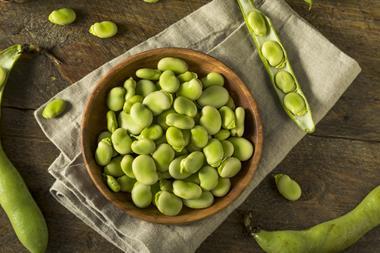

No comments yet